Getting accurate measurements is the foundation of any successful DIY project. Whether you’re cutting wood, hanging shelves, or laying tiles, precision matters. But measuring doesn’t have to be complicated! With these 25 measuring hacks, you’ll work smarter, faster, and more accurately—no matter your skill level.
1. Mark Your Cuts with a “V” Instead of a Line
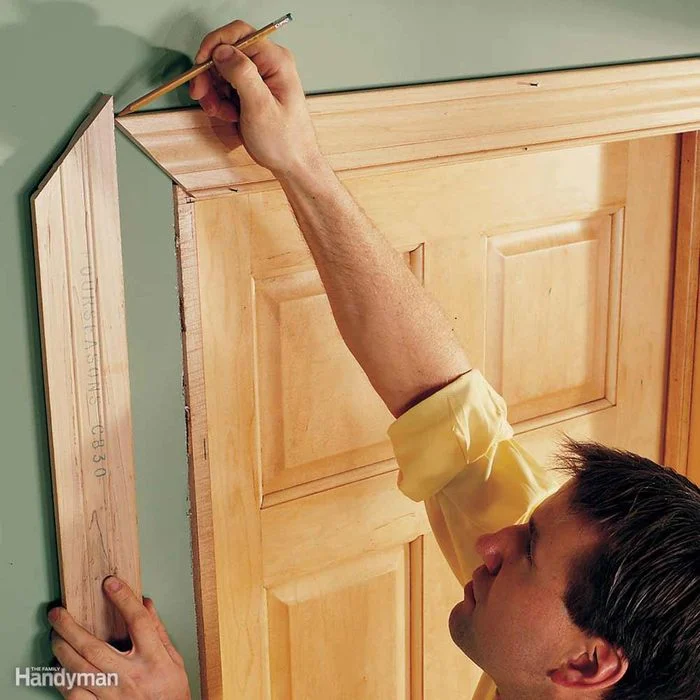
A single pencil line can be misleading, but a “V” mark pinpoints exactly where to cut. The tip of the “V” directs your blade to the precise cutting spot, reducing errors.
2. Factor in the Saw Blade Kerf
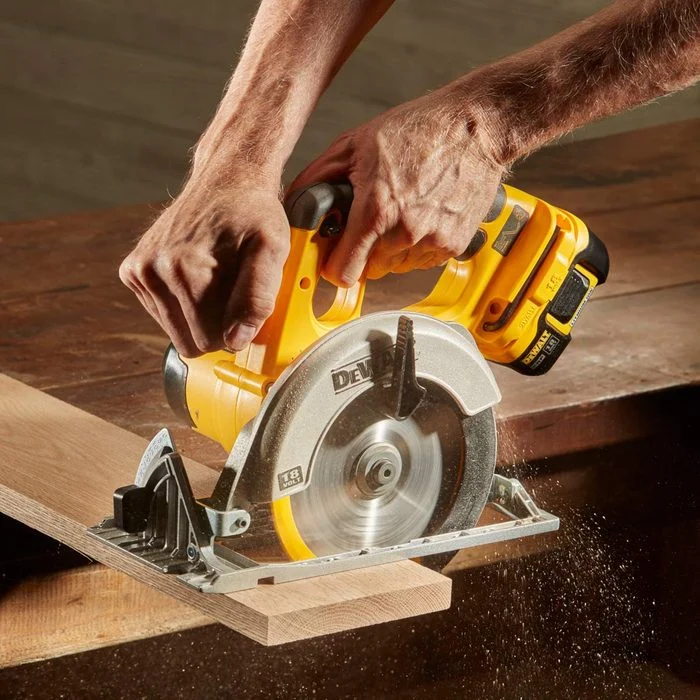
A saw blade removes material with every cut, a width known as the kerf. If your cuts are consistently too short, it’s likely because you’re not accounting for the blade thickness. To avoid this, trim your carpenter’s pencil to match the blade width and mark accordingly.
3. Use a Story Pole for Perfect Consistency
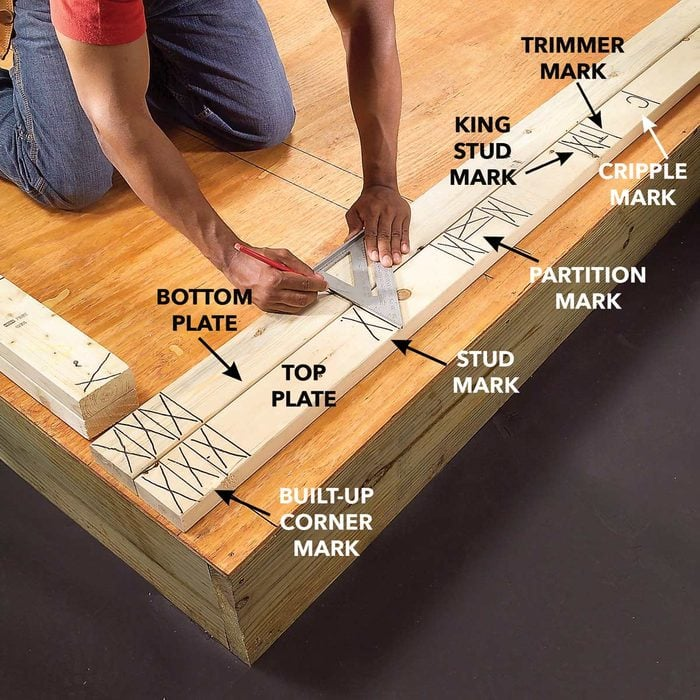
A story pole is a DIY measuring cheat sheet. Instead of writing down numbers, use a stick or board to physically mark measurements for repeated cuts. It’s ideal for windows, doors, siding, and furniture projects.
4. Measure with Your Hands for Quick Estimates
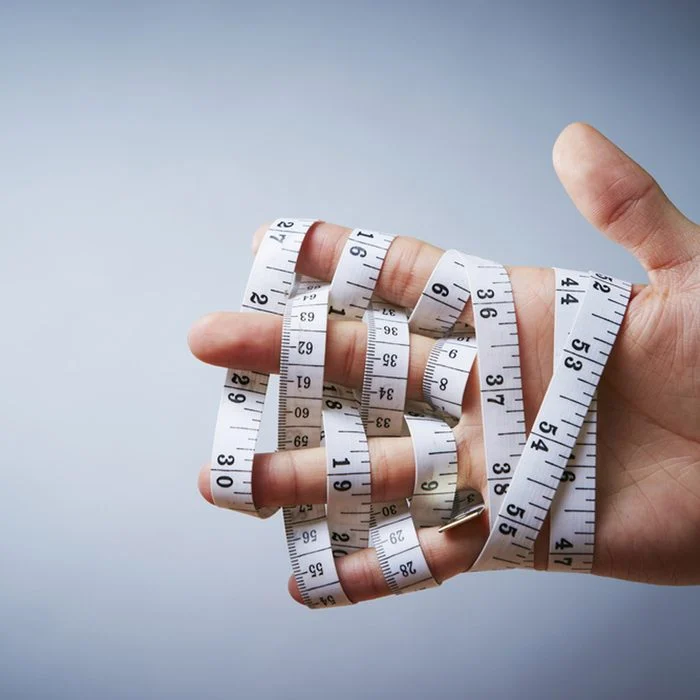
Your body is a built-in measuring tool! Measure your palm, fingers, or arm span once, and you’ll always have a quick reference. For example:
- The width of two fingers together is often close to an inch.
- The span of your hand from thumb to pinky is roughly 8 inches.
5. Keep Multiple Tape Measures Handy
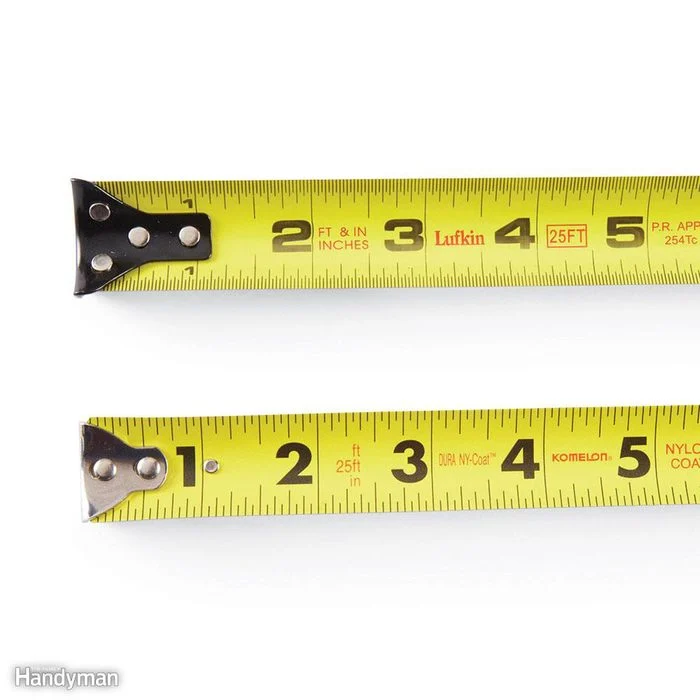
Tired of running back and forth for a tape measure? Keep one in each workspace—one near your saw, another by your workbench, and one in your tool bag.
6. Use String for Circular Measurements

Need to measure around a pipe or cylinder? Wrap a piece of string or yarn around it, mark the spot, then lay it against a ruler or tape measure.
7. Verify Factory Edges Before Measuring
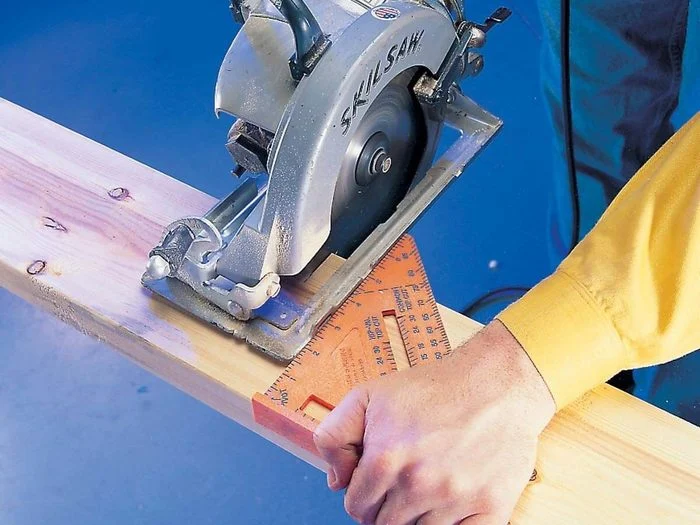
Not all factory-cut lumber has perfectly square edges. Use a speed square to check before measuring. If needed, shave off a slight edge for accuracy.
8. Leverage the Hidden Features of a Tape Measure
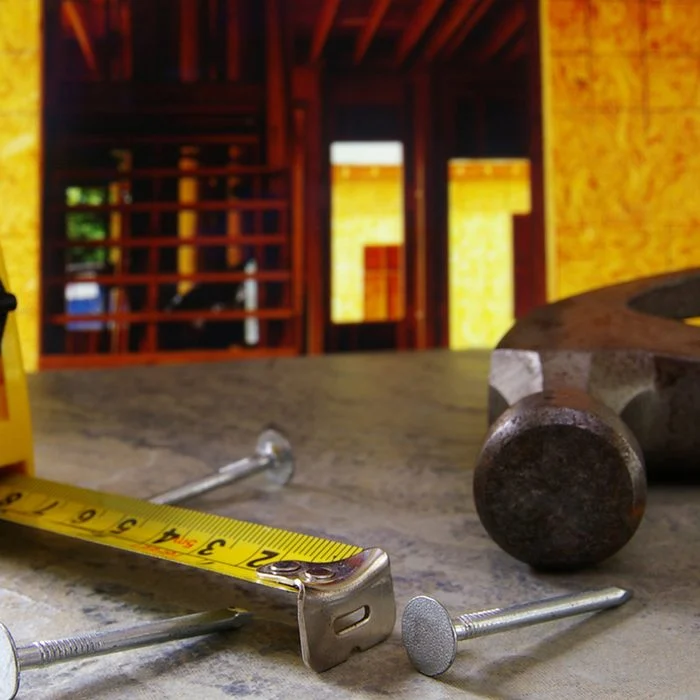
- The loose metal hook adjusts for inside and outside measurements.
- The small hole in the end hook can latch onto a screw or nail for stability.
- The serrated edge can scribe a marking line in wood if you don’t have a pencil.
9. Make Perfect Circles with a Yardstick

Drill small holes along a yardstick at every inch mark. Insert a nail at one hole to anchor the center, and place a pencil in another hole. Rotate it, and you’ve got a perfect circle!
10. Use a Water Level for Large-Scale Accuracy
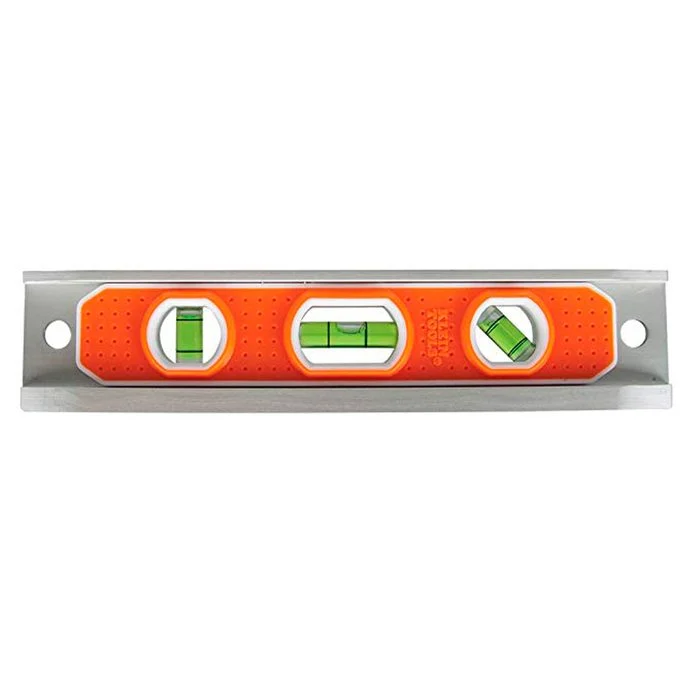
A water level is an affordable way to find a level reference point over long distances, especially on uneven floors. Just fill clear tubing with water, and it will naturally find level!
11. Use Spacers for Perfectly Even Gaps
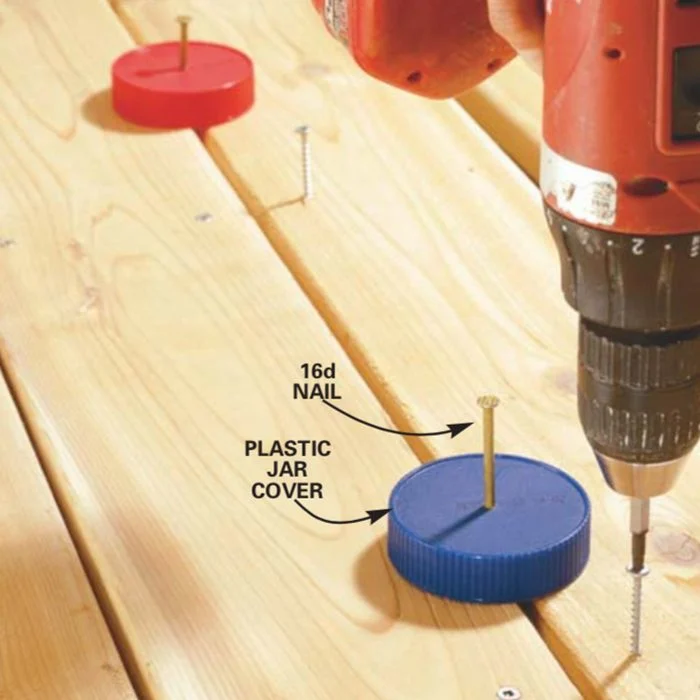
Instead of measuring every time, use pre-cut spacers for tile, deck boards, or furniture projects. Spacers speed up work and eliminate errors.
12. Mark Measurements Directly on Your Tape Measure
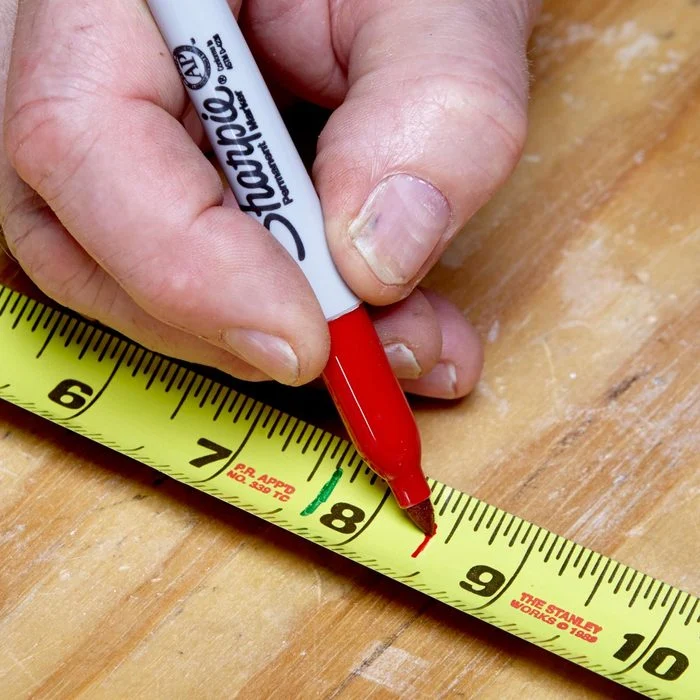
Use a permanent marker to note important measurements directly on your tape. Wipe it off with acetone when done.
13. Borrow a Tape Measure While Shopping

Forget your tape measure at the hardware store? Most stores leave tape measures out for customers—just borrow one from the tool aisle.
14. Add Without Doing Math with Two Rulers
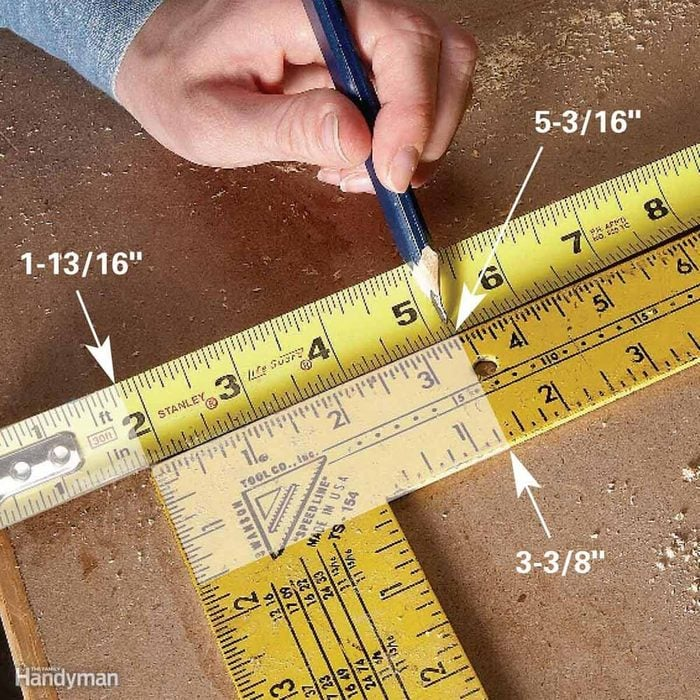
Need to add tricky measurements like 1-13/16” + 3-3/8”? Lay two rulers side by side, align them at the right marks, and the total appears without calculations.
15. Divide a Board Evenly with a Slanted Ruler

Instead of calculating, angle your ruler across a board so it reaches an easy-to-divide number (e.g., 9 inches for 3 equal sections). Mark at each division for precise spacing.
16. Use Your Wallet as a Ruler

A dollar bill is 6.14 inches long, and a credit card is about 3.37 inches wide. If you need a quick estimate, these can help in a pinch.
17. Fold Paper for Quick Measuring
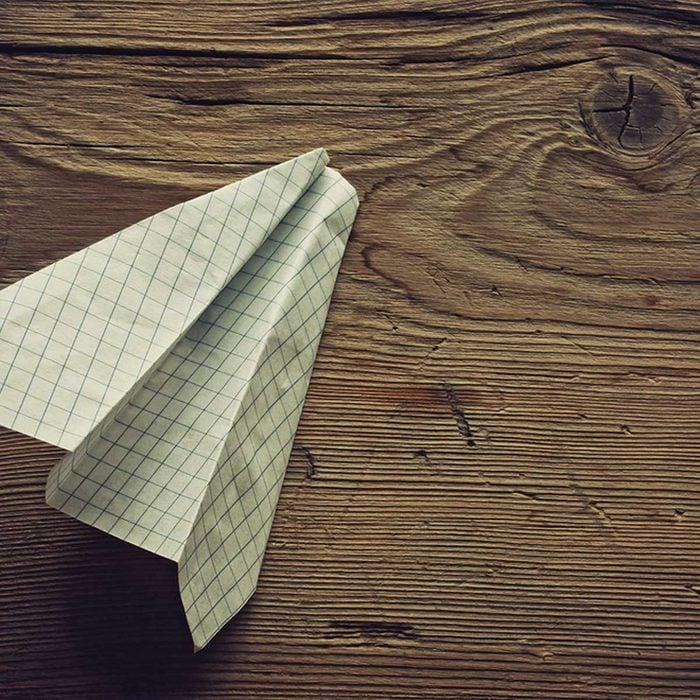
A standard printer paper is 8.5” x 11”. Fold it into halves or quarters for easy on-the-spot measurement.
18. Use Your Feet to Measure Large Areas
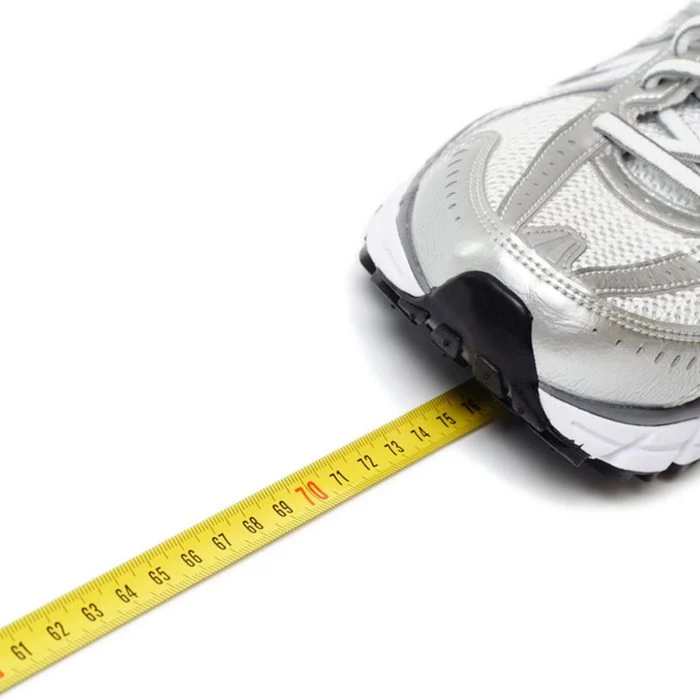
Need to measure a room but don’t have a tape measure? Use your foot! If your shoe is about 12 inches long, step heel to toe and count. Not perfect, but close enough!
19. Estimate Yard Measurements with a Sports Field
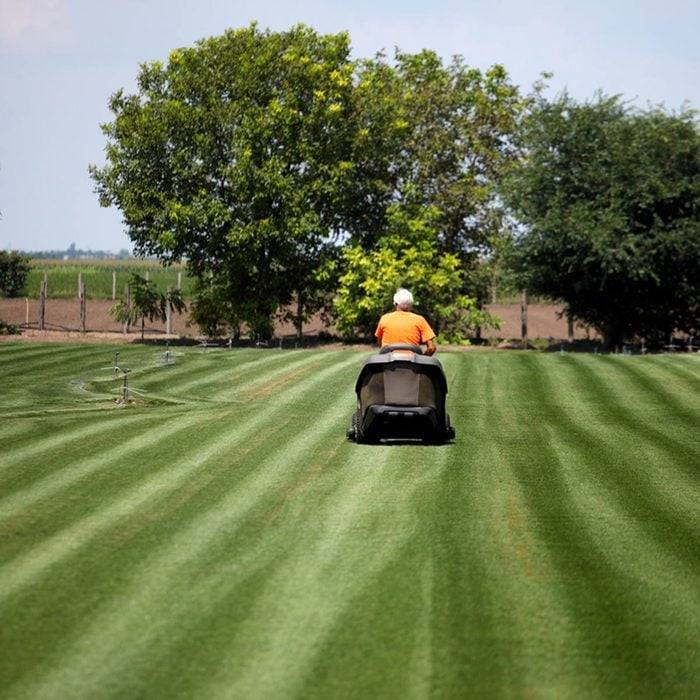
- A football field (without end zones) is about one acre.
- A baseball field is roughly 2.5 acres.
- This trick is perfect for estimating landscaping projects.
20. Find the Center of a Drawer Easily
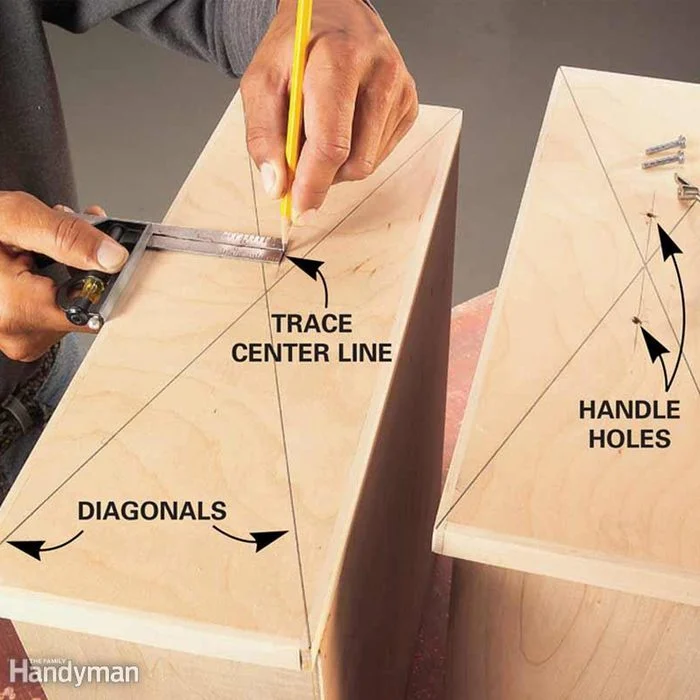
Draw two diagonal lines from opposite corners. Where they cross is the exact center—perfect for installing handles or knobs.
21. Estimate Water Weight with “A Pint’s a Pound”
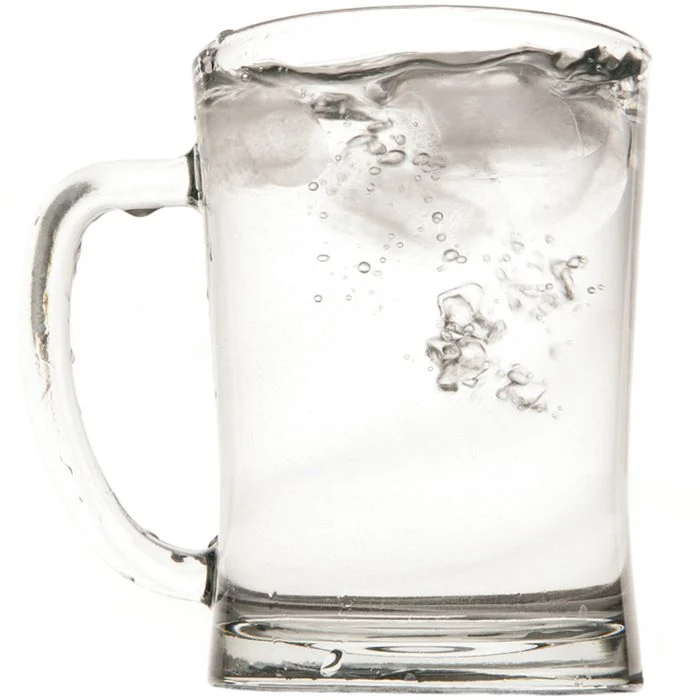
Need to guess the weight of water? A pint of water weighs about a pound, a gallon weighs about 8 pounds. Great for mixing cement or other water-based materials.
22. Know the Width of Your Tape Measure’s Base

Most tape measures have a flat base with a printed width. Use this when measuring inside spaces—just place the tape measure against the edge and add its width to your measurement.
23. Make a DIY Marking Gauge
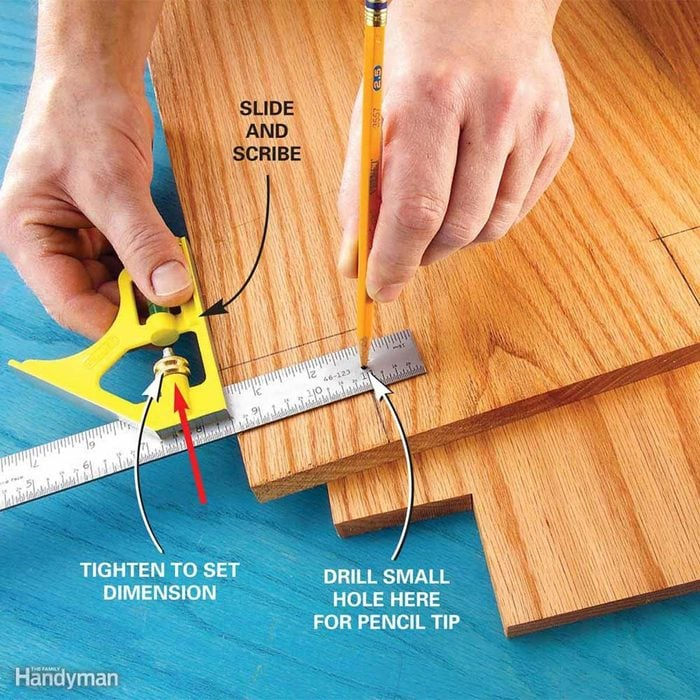
Drill a small hole at the 1-inch mark of a combination square. Insert a pencil, set the square to the needed distance, and drag it along for a perfectly straight line.
24. Use the Tape Measure Hook as a Scribing Tool

The serrated edge on a tape measure hook isn’t just for looks—it can lightly scratch a cutting mark into wood when you don’t have a pencil.
25. Turn Your Tape Measure into a Guide
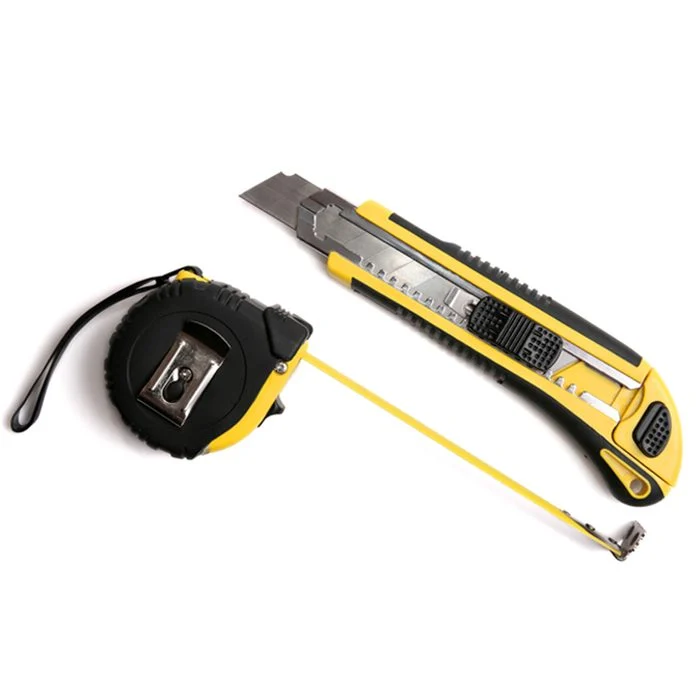
For long drywall or plywood cuts, pinch a utility knife into the end hook of your tape measure and drag it along the material. It scores a straight line for an easy cut—a pro trick for quick accuracy.
Conclusion: Measure Smarter, Not Harder
Mastering these 25 measuring hacks will take your DIY game to the next level. From marking your cuts more accurately to using everyday objects as measuring tools, these tricks will save time, eliminate mistakes, and boost your confidence in any project. Next time you pick up your tape measure, put these clever hacks to work and watch your DIY skills soar! 🚀